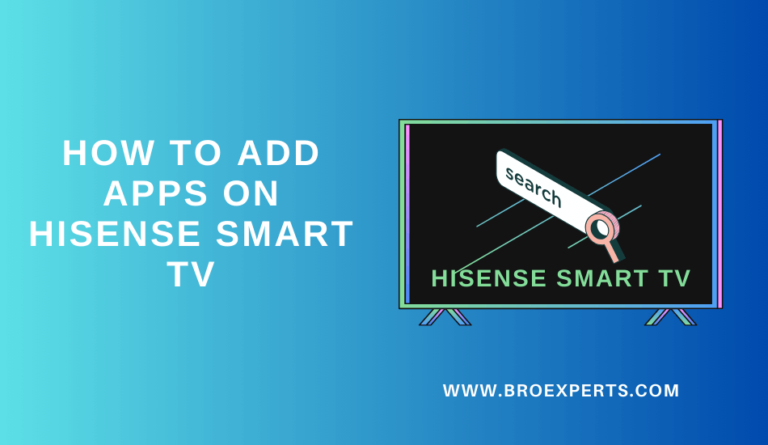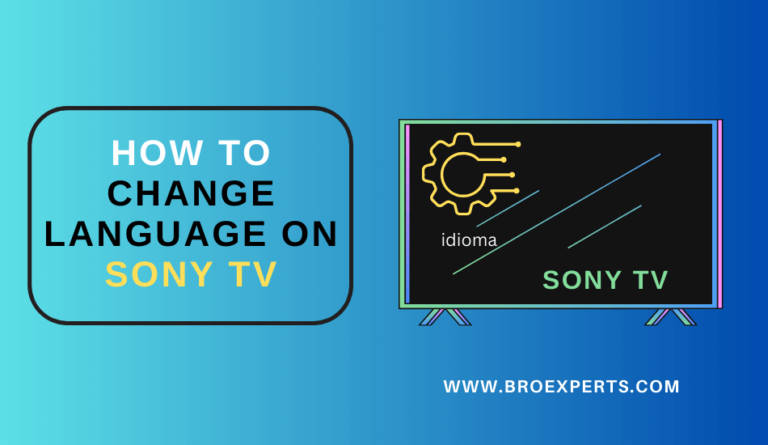Choosing a Hisense TV (or adding a streaming device)? This guide explains the real-world differences between Android TV, Google TV, and VIDAA—what each platform is, how apps are installed, casting support, update policies, and which one fits your needs.
Last updated: September 17, 2025 • Reviewed by: Smart TV & Streaming Editor
`TL;DR (Quick Pick)
- Google TV → Best overall experience for most people; modern UI with profiles, recommendations, and Google Play Store access.
- Android TV → Same core OS underneath, more traditional UI; still gets Play Store and Google services.
- VIDAA → Hisense’s own OS with the VIDAA App Store (not Google Play). Great for basics; use an external streamer if you need more apps.
What They Are (in plain English)
Google TV
Google TV is Google’s newer, personalized TV experience built on Android TV OS. Many newer Hisense sets and streaming devices ship with it; older Android TV devices may upgrade or remain on Android TV’s classic UI.
Android TV
Android TV is the underlying operating system powering both Android TV and Google TV devices. It uses the Google Play Store for TV apps, with a simpler, traditional interface on devices that don’t carry the Google TV skin.
VIDAA
VIDAA is Hisense’s own smart TV platform with its VIDAA App Store, region-specific content, and lightweight performance. It’s not Android and doesn’t use Google Play.
Apps, Stores & Casting
Google TV / Android TV
- App installs: Use the Apps tab (Google TV) or open the Google Play Store app (Android TV) to find and install TV apps.
- Casting: Chromecast built-in lets you cast from Android/iOS apps and Chrome browsers to the TV.
- Voice: Google Assistant voice search is integrated on most models/remotes.
VIDAA
- App installs: Browse the VIDAA App Store; catalog varies by region.
- Casting: Use the VIDAA mobile/remote app or compatible third-party casting apps; features and quality can vary by app/network.
- If you need Google Play apps: Plug in a Google TV / Android TV streaming device (or Fire TV for Amazon Appstore) via HDMI.
Updates & Support Lifespan
VIDAA (2025+): Hisense announced up to 8 years of updates for 2025 VIDAA models (feature, compatibility, bug fixes, security). Details can vary by model and region.
Android TV / Google TV: Android TV OS major releases are moving to a ~two-year cadence, with periodic feature/security updates in between; device-specific support still depends on the TV/streamer vendor.
Side-by-Side Comparison
| Category | Google TV | Android TV | VIDAA |
|---|---|---|---|
| What it is | Personalized interface built on Android TV OS | Core TV OS (also powers Google TV) | Hisense’s own smart TV OS |
| App store | Google Play Store (TV) | Google Play Store (TV) | VIDAA App Store (not Google Play) |
| Casting | Chromecast built-in | Chromecast built-in | VIDAA/3rd-party casting (varies) |
| Voice | Google Assistant integrated | Google Assistant integrated | VIDAA voice (availability varies) |
| UI feel | Modern, content-first, profiles | Traditional grid/ribbons | Lightweight, straightforward |
| Updates (typical) | Android TV OS cycle (~2 yrs majors) | Android TV OS cycle (~2 yrs majors) | Up to 8 years (2025 VIDAA models) |
| Best for | Most users; rich recommendations | Those who prefer classic UI | Basic streaming; add external device for more apps |
Which One Should You Choose?
- I want the widest TV app selection with Google services: Choose Google TV (or an Android TV box like NVIDIA SHIELD).
- I like a simpler, classic interface but still want Play Store: Android TV is fine.
- My Hisense has VIDAA and I’m missing apps: Keep VIDAA for basics; add a Google TV/Android TV streamer for Play Store access.





